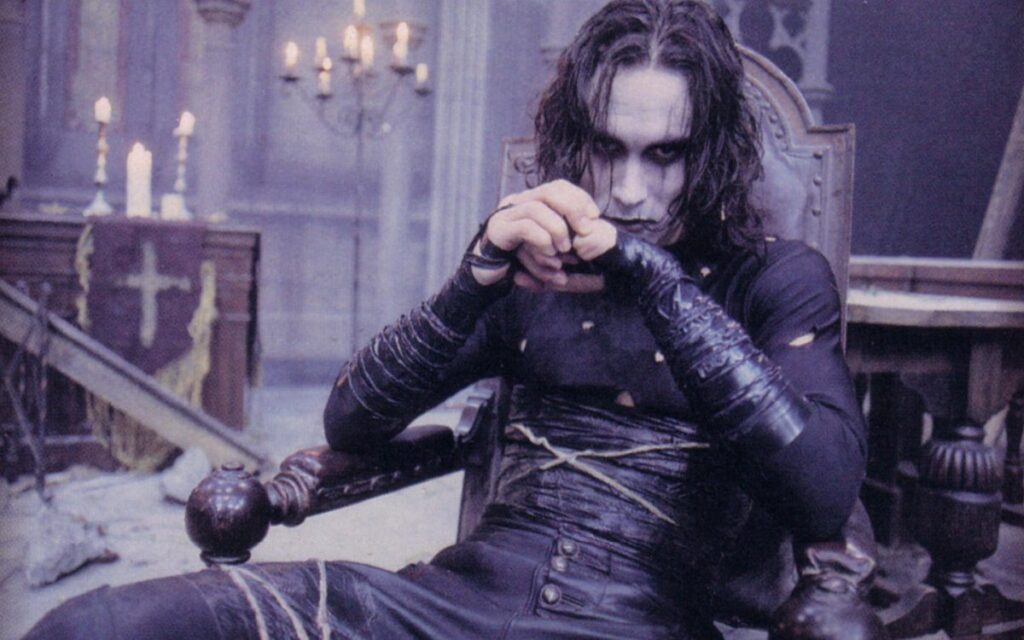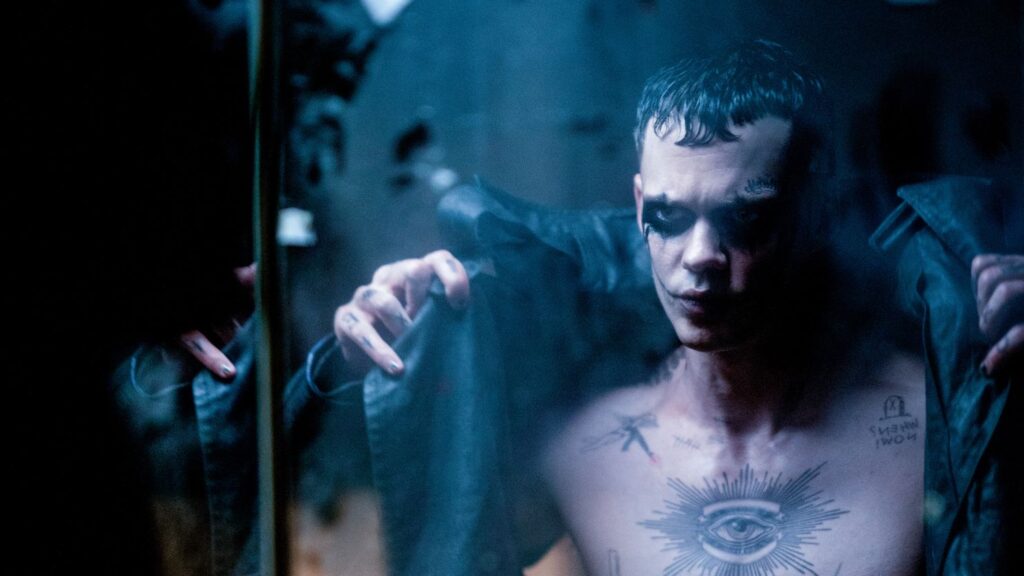The Crow, A Classic That Should Have Been Left Untouched
“It can’t rain all the time.” those words from Eric Draven, the protagonist of the cult classic film The Crow have echoed in the minds of fans including mine for decades, through rainy days and dark nights, and serving as a beacon of hope in dark times.
Yet, as Hollywood continues to churn out remakes and reboots, it seems that even the most sacred of films are not safe (yep thinking of Roadhouse here too) from the relentless storm of modernization. What was once a cult classic, a symbol of gothic brilliance in cinema with its tragic history and timeless allure, The Crow, is now being resurrected in a manner that feels more like sacrilege than homage.

Unearthing Tragedies: The Origins of The Crow
The Crow, released in 1994, was more than just a movie; it was a dark symphony of tragedy and revenge, a masterpiece that transcended the boundaries of cinema. However, behind the veil of its mystique lies tragic tales etched in blood and sorrow.
The genesis of this iconic film is marred by real-life tragedies, from the untimely death of Brandon Lee, son of martial arts legend Bruce Lee during filming by a fatal accident involving a prop gun to the personal grief that inspired James O’Barr’s original comic series. O’Barr’s own experience of losing his fiancée to a drunk driver served as the emotional catalyst for The Crow, infusing the story with raw emotion and a sense of personal loss that resonated with readers and viewers alike.
The Darkness Beckons: A Glimpse into Eric Draven's World
But amidst the tragedy, “The Crow” emerged as a cinematic masterpiece, a dark and gritty tale of vengeance and redemption set against the backdrop of a nightmarish urban landscape. Adapted from James O’Barr’s 1989 graphic novel of the same name, the film captured the essence of its source material with stunning visuals and a hauntingly atmospheric score. From the rain-soaked streets to the decaying cityscape, director Alex Proyas crafted a world that felt like a twisted mirror image of Gotham City, where justice is born from the shadows.
At the heart of “The Crow” is Brandon Lee’s mesmerizing portrayal of Eric Draven, a musician resurrected from the dead to avenge his own murder and that of his beloved fiancée. Draven is a vengeful and tortured soul than Batman could ever hope to be, driven by a primal fury that burns with the intensity of a thousand flames. Lee’s performance is electrifying, imbuing the character with a sense of tragic nobility that is as captivating as it is haunting.
Haunting Sounds and Pop Culture
Accompanying Lee’s mesmerizing portrayal was a soundtrack that remains one of the most iconic in cinematic history. With tracks like “Burn” by The Cure setting the tone for the film’s dark and moody atmosphere, The Crow established itself as a cultural phenomenon, influencing everything from music to fashion to professional wrestling.
The impact of The Crow reverberates through the annals of pop culture, leaving an indelible mark on everything from professional wrestling to blockbuster films. Sting, the enigmatic WWE wrestler, borrowed elements of Draven’s persona for his own iconic character. Even Heath Ledger’s portrayal of the Joker in The Dark Knight drew inspiration from Brandon Lee’s performance. The Crow became more than a film; it became a cultural touchstone.
Resurrecting a Masterpiece With Dirt
In a world obsessed with reboots and remakes, it was only a matter of time before The Crow fell prey to Hollywood’s insatiable appetite for nostalgia. The upcoming remake, like most of the remakes Hollywood has given us (except for Dune), feels like a shallow imitation of its predecessor, devoid of the gritty authenticity and emotional depth that defined the original. To add insult to injury, the remake is directed by Rupert Sanders, the same director responsible for the lackluster 2017 live-action adaptation of Ghost in the Shell. As a fan of the original anime, it’s disheartening to see Sanders once again take the helm of a beloved property, seemingly intent on erasing every cherished memory of my childhood.
As the trailer for the remake makes its rounds, it’s clear that this iteration of The Crow is aimed at a new generation—one more likely to be found scrolling through TikTok than prowling the streets in black leather. If the 1994 Crow inspired generations of goths, the remake will likely spawn a legion of TikTok reels, tailored to a digital age hungry for quick thrills and fleeting fame.

An Epitaph for The Crow: A Message to Fellow Fans
I had to remind myself that this new iteration of The Crow was never crafted with the fans of the 1994 version in mind. In the end, as many fans have already stated, the only redeeming quality of the remake seems to be its unintentional promotion of the original film. Many fans who watched the trailer found themselves drawn back to the 1994 classic, reminded once again of why they fell in love with The Crow in the first place.
As the saying goes, “It can’t rain all the time.” But perhaps, in the case of The Crow, some storms are best left untouched, their beauty and power forever preserved in the memories of those who were lucky enough to experience them firsthand.
